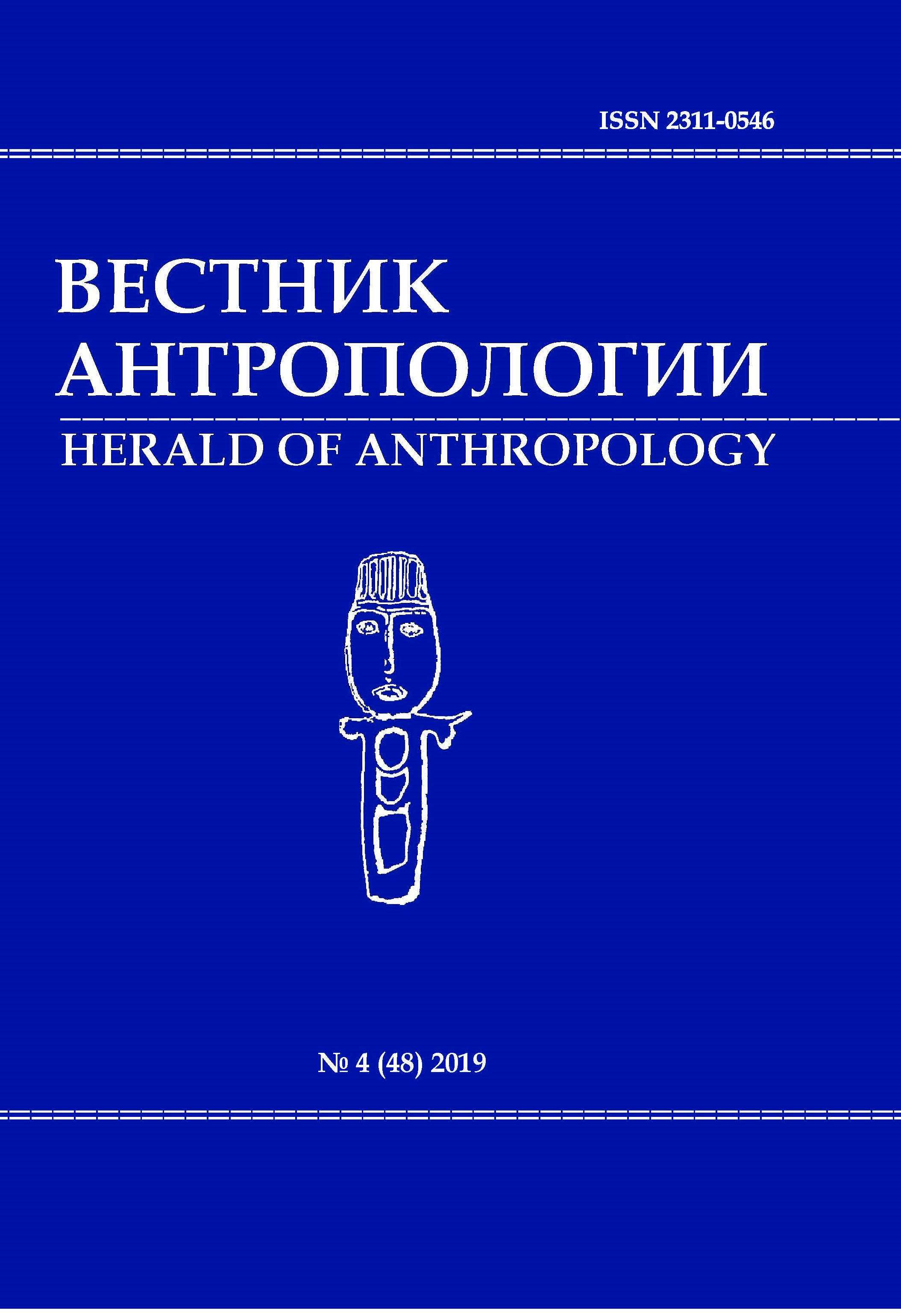“Life” and “Death” of Historical Reconstruction Clubs in Modern Russia
DOI: 10.33876/2311-0546/2019-48-4/120-129
Keywords:
historical reenacting, historical clubs, the early Middle Ages, hierarchy, status, motivationAbstract
The article uses the methods of participant observation and ethnographic interviews. The purpose of the article is to study the social composition, internal structure and activity of the historical reconstruction clubs (HRC), using the example of the clubs in Moscow and the Moscow Region specialized in the early Middle Ages, to analyze the key to the successful existence of such clubs and the reasons for their collapse. Most of the HRC exist for no more than 5–7 years. Nevertheless, in Russia there are clubs that have “lived” for 25–30 years
References
- Veselova, E.M. 2011.Sotsial’no-psikhologicheskieosobennostivzaimosvyazilidera i ma-loigruppy v deyatel’nostiklubovistoricheskoirekonstruktsii[Socio-psychological characteristics of the relationship between the leader and small group in the activities of historical reenacting clubs]. PhD diss.Moscow.
- Bozhok, N.S. 2013. Dvizhenieistoricheskoirekonstruktsiikakfenomenmolodezhnoikul’tury [The movement of historical reenactment as a phenomenon of youth culture]. PhD diss. Saratov.
- Gilev, N.K. 2015. Ekhobatalii: izopytavoenno-istoricheskoirekonstruktsii [Repercussion of battles: from the experience of military-historical reenactment].Moscow: izdatel’stvoReitar.
- Talanov, A.I. 2016. Put’ rekonstruktora: povestvovanie v deviatiglavakh s prologom i epilogom. [The way of the reenactor: narrative in nine chapters with a prologue and an epilogue] Moscow.





















